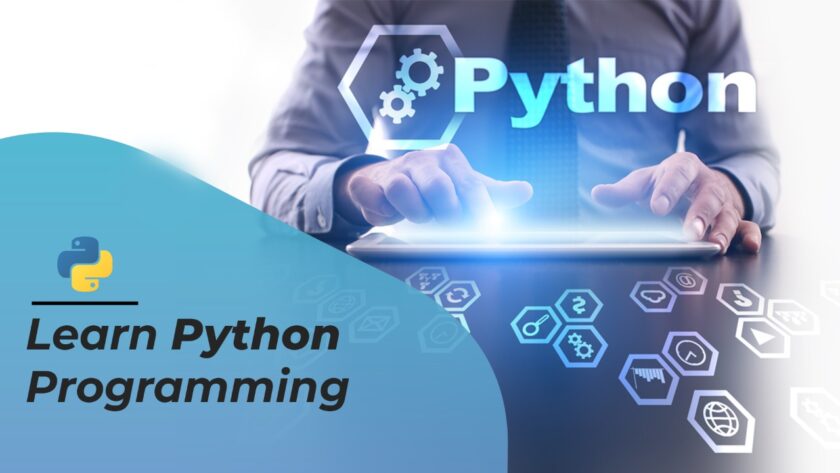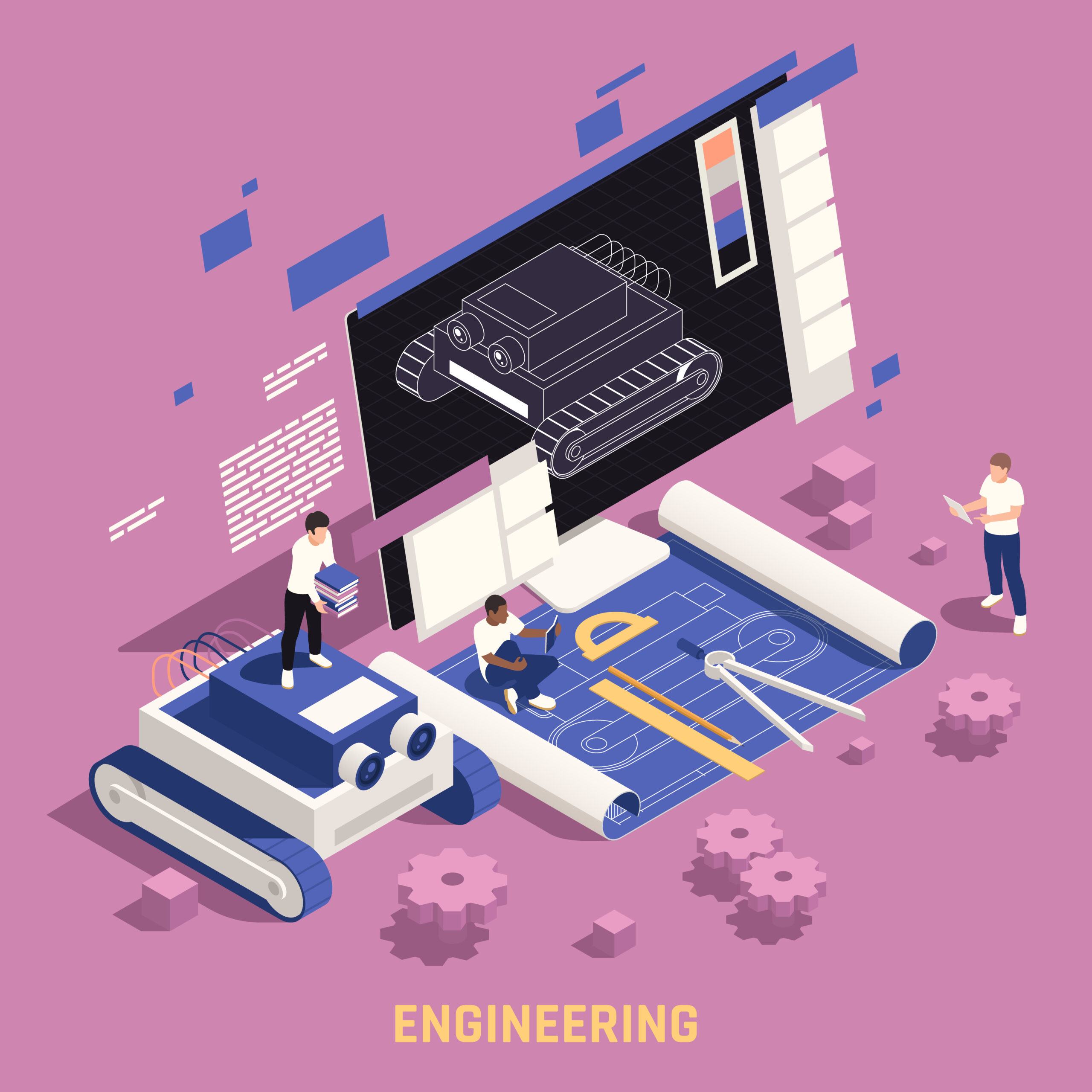With the Python Certification Guide, you can learn all of the key concepts that make Python so powerful and get certified as an expert in this powerful language.
If you’re serious about learning a Programming language, earning a certification is the best way to get started. Python is an extremely popular language for a number of reasons, including its open source license and the fact that it’s used for writing web applications, games, scientific research, and other things. It’s also easy to learn and can be used to create all sorts of cool apps, but if you don’t know how to program, you’re going to have a hard time using it. The good news is that you don’t have to be a programmer to learn Python—all you need is some free time and a decent set of headphones.
The Python Programming Language is a dynamic and fun way to learn programming and create powerful apps for your business.
- How to Choose a Good Python Training Provider
Python is one of the most powerful languages in existence today and continues to be one of the fastest-growing languages. There are hundreds of tutorials out there, and the best ones can be really confusing. If you aren’t aware of what you’re doing when you try to learn a new skill, it can feel like a huge challenge. This is because learning a new programming language can take anywhere from a few months to a few years, depending on your experience level.
Now, let’s take a look at the two biggest choices you have to make when choosing a good Python training provider: Do they provide training in your field? And can you trust them? I’m going to explain the importance of both these questions in more detail.
Consider the below steps before purchasing an online course
- Read the course reviews and ratings for each provider.
- Read the course descriptions, then narrow down your options to the top 3-4 providers.
- Do a quick google search of each provider.
- Contact each provider to ask if they have any discounts or special offers.
- Ask each provider to send you a sample of their course content so you can see what they are teaching.
- Read the course reviews from students who have taken the course with each provider.
- Watch the videos of past course attendees giving their reviews on.
- How to Prepare for the Exam
First of all, you should consider whether you really need the certificate. If you’re going to be using Python at work, you’ll want to take the course, but if you’re planning to use Python to write programs for fun or to start a personal project, there’s no reason to spend a lot of money on a Python certification.
To be certified, the candidate must first pass an exam with a certain score. According to PwC, the minimum passing score on the Python cert exam is 70%. There are three levels of certifications available: Foundation, Associate and Expert. The level of certification corresponds to the difficulty of the exam. The exams are offered at different times and at different locations throughout the year. To find out when the next exam will be available in your location, you can check out the Python Exams page.
- Study for the Python Certification Exams
You can find a variety of resources online for studying for the Python certification exams. One of the biggest advantages of taking a Python certification exam is that you get to work through the curriculum in a controlled and structured environment. You’re not going to be learning how to code on your own in the real world. As a result, you can focus on mastering each concept in a relatively safe environment. There are a number of different resources available for studying, including books, free online tutorials, and videos.
If you don’t already have experience writing python scripts, you’ll need to put in some extra time to study for the exam. Fortunately, there’s a wide variety of resources available for free. From books to videos to cheat sheets, there are plenty of options for you to pick from. The important thing is to find one that you like and stick with it.
- The Python Certification Exam Format
The exam format itself is broken up into two parts. The first part consists of multiple choice questions. The second part is a coding test. This section will last 60 minutes and include 10 questions that have to be completed in the allotted time. The test is divided into three parts, the first of which is a review of Python basics, including the most common data types, conditional statements, and loops. This part also includes the “in-the-wild” applications of Python, such as a text-based game and an interactive program that generates random numbers.
- Exam Preparation Tips
To prepare for the exam, you must understand the basics of Python. This guide gives a comprehensive look at the most important concepts and practices of Python programming, including syntax, variables, flow control, data structures, object orientation, and more. The Python tutorial is an excellent starting point for anyone looking to learn Python.
- Conclusion
In conclusion, Python certification is highly sought after because of its widespread adoption in many industries, especially programming. The Python 2 and 3 languages are similar and easy to learn, so there are no language barriers to learning Python. In addition, Python is used in the most innovative companies, from Google to Netflix. Python was also created by an entrepreneur, Guido Van Rossum, who was one of the first programmers to get the idea that software should be written for humans instead of computers. This is why the Python community continues to grow with new developers interested in learning the language.




